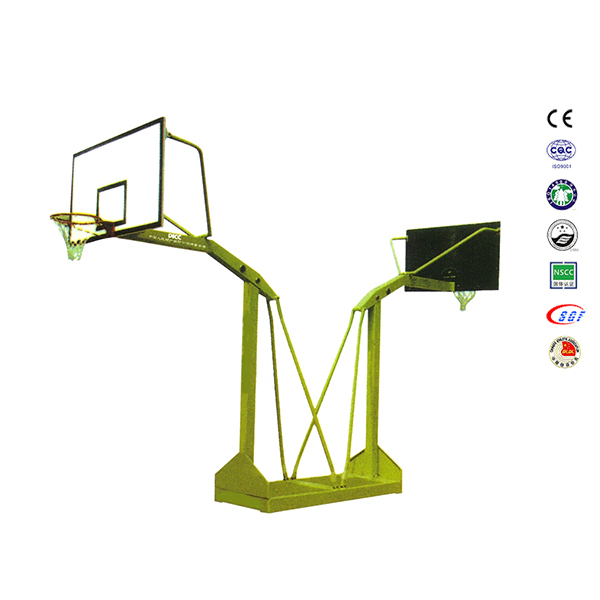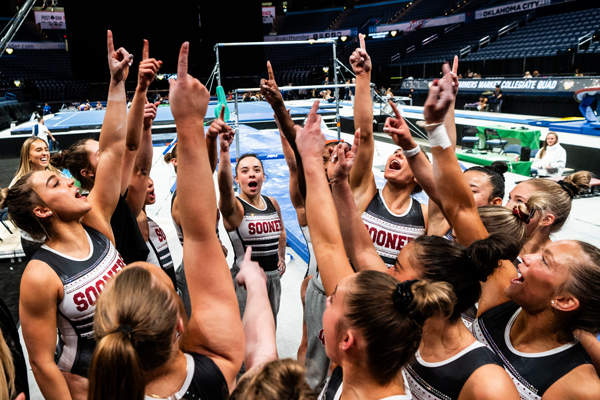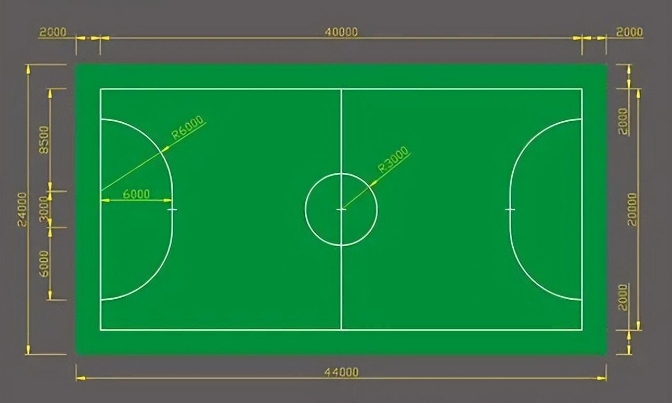Product
Dimensions of soccer field vs football field
Basic Info
Field dimensions: 105 metres long, 68 metres wide, total area 7,140 m²;
Goal size: 7.32 metres long, 2.44 metres high;
Small penalty area (goal area) dimensions: 18.32 metres long, 5.5 metres wide, 5.5 metres from the goalposts at the baseline;
Dimensions of the large penalty area (penalty area): 40.32 metres long and 16.5 metres wide, 16.5 metres from the goalposts at the baseline;
Dimensions of the centre circle area: 9.15 metres radius;
Distance from penalty spot: 11 metres from the goal line;
Dimensions of the corner area: 1 metre in radius, 13.84 metres from the penalty area;
Dimensions of the penalty arc: a semicircle with a radius of 9.15 metres, centred on the penalty spot.
First, the introduction of the football field
A football field usually consists of two rectangles called the field area and the goal area. The field area is where the players play, while the goal area is located at both ends of the field area and is used to place the goals.Dimensions of the field area
The dimensions of the field area are an important part of the standard dimensions of a football pitch. FIFA stipulates that the length of the field area should be between 90 metres and 120 metres, and the width should be between 45 metres and 90 metres. This range is set to accommodate different field conditions and match demands.Goal area dimensions
The dimensions of the goal area are also part of the standard dimensions of a football pitch. According to FIFA regulations, the length of the goal area should be the same as the length of the field area, which is 90 metres to 120 metres, while the width should be between 24 metres and 30 metres. The main purpose of the goal area is to place the goals and protect them from damage.IV. Other Facilities
Apart from the field and goal areas, football grounds need to be equipped with other facilities such as sidelines, centre lines and penalty areas. The size and location of these facilities also need to comply with FIFA regulations to ensure the proper conduct of the game.In conclusion, the standard dimensions of a football pitch are an important factor in ensuring a fair and equitable game. By understanding the dimensions of the field and goal areas, as well as the requirements of other facilities, we can have a better understanding of the construction and function of a football field, and thus better participate in and enjoy the sport.

Dimensions of soccer field vs football field
Standard 11-a-side football pitch specification size
The 11-a-side football pitch must be rectangular in shape, with a length of 90-120 metres, a width of 45-90 metres, a goal height of 2.44 metres and a width of 7.32 metres, and the football must be made of leather or other suitable material, with a circumference of no longer than 70 centimetres and no shorter than 60 centimetres.Size of 7-a-side football pitch
7-a-side football stadium dimensions for the length of 65 to 68 metres, 45 to 48 metres wide; goal width of 5 metres, 2 metres high; the size of the centre circle area to the centre of the field as the centre of the circle, with a radius of 6 metres to draw a circle.Dimensions of 5-a-side football pitches
5-a-side football field main field and secondary field total dimensions of 44 metres long, 24 metres wide, with a total area of 1056 square metres; the main field dimensions of 40 metres long, 20 metres wide, with a total area of 800 square metres.4-a-side football pitch specifications
4-a-side football field specifications main field dimensions 25~42 metres long, 15~25 metres wide, with a total area of 375~1050m2 .
Famous Stadiums
1、Nou Camp Stadium (Nou Camp Stadium)
Home to La Liga team Barcelona, it is the largest football stadium in the whole of continental Europe, with an original capacity of 98,000 spectators, the stadium's seating capacity was increased to 120,000 for the 1982 FIFA World Cup in Spain, and it is also the second largest stadium in the world, after the legendary Maracanã in Brazil.In 2012, modern and versatile equipment made it the best in all of Europe. In 2012, modern utilities made it the best football venue in Europe, and UEFA recognised Camp Nou's unparalleled splendour by awarding it a ‘five-star’ status. Barcelona's home stadium, the Camp Nou, was built by self-respecting Barcelona supporters, not only for the absolute size of the stadium, but also for the architectural design of the stadium. Whenever Barcelona plays a home game, the Camp Nou becomes a sea of red and blue colours, where the most exciting and passionate stadium culture takes place. Since the day the Camp Nou was commissioned, it has evolved every day to meet the needs of the times. Over the past few decades Camp Nou has been updated many times in terms of its configuration and environment, with more and more hardware being built and equipped with new high-tech facilities.2. Meazza (San Siro) Stadium
One of the world's most famous and historic football stadiums, this 85,700-seat stadium was built in 1925 and is the joint home of two of the greatest teams of all time, Inter Milan and AC Milan, and is unique in the world in that it is the home of two great teams at the same time. The Stadio Giuseppe Meazza is located in the San Siro area of Milan, which is why the stadium was originally named San Siro San Siro.In 1980, in honour of Giuseppe Meazza, the famous Italian player of the 30‘s and 40’s, the ‘Hall of Football’ was officially named after Giuseppe Meazza, the former Inter Milan and Italian national team legend. Legendary footballer. Supported by four typical English pillars, the Stadio Meazza initially held only 35,000 spectators. The first extension of the San Siro was completed in 1939, increasing the number of spectator seats to 50,000, the second extension was completed in 1956 with the addition of a second tier, and in 1990, the San Siro was extended for the third time to host the World Cup, with the addition of a third tier. The great Stadio Meazza, carrying the Milan duo's grudge, while the Milan duo jointly shaped the dignity of the city.
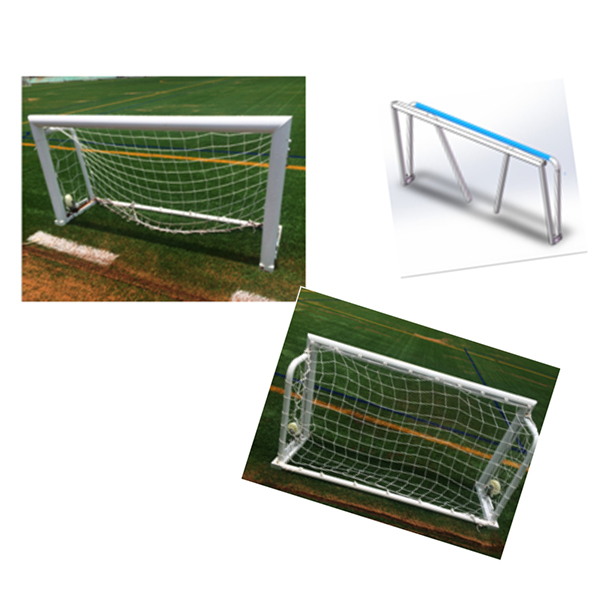
3、Bernabeu Stadium (Bernabeu Stadium)
Bernabeu Stadium, the player's shrine! Sandiago Bernabeu is a legend in the history of Real Madrid, he used to be theHe was a player, captain, club secretary and president of Real Madrid, and in 1943 he did something that was crucial to the development of the club - he invested heavily in the construction of this luxurious ‘five-star’ stadium that could accommodate 78,500 people. With the completion of the stadium, Real Madrid's period of European dominance began. In the decades that followed, Real Madrid fans spent countless nights here, with eternal stars such as Stefano, Puskas, Butragueno, Ronaldo, Raul and Zidane all riding on the sacred, white-striped turf of the Bernabeu. And the Spaniards also arranged the 1982 World Cup final here.
4、Old Trafford Stadium (Old Trafford Stadium)
Known as the ‘Theatre of Dreams’, Old Trafford Stadium was officially opened in 1910 and is the home of Premier League giants Manchester United. After the destruction of World War II and many subsequent alterations, the stadium has become one of the best in Europe with a capacity of 76,000 people. One of the most poignant memorials at Old Trafford is the Munich Clock on the outside wall, which commemorates the deaths of journalists, players and team staff in the Munich air crash on 6 February 1958.The Munich Clock was moved to the South Stand in 2012. One of the most noteworthy features of Old Trafford is the North Stand, which has three tiers, a seating capacity of 25,110 and the largest suspended roof in Europe. Old Trafford stadium facilities everywhere reflects the players of the meticulous care, in the stands under a series of players changing rooms, laundry, rest rooms, etc., are used in the most scientific and practical design programme, in the players' access to the door in particular, the installation of an automatic retractable white awning. When the players door from the inside out, the awning automatically opened to protect the players will not be from the audience accidentally fall debris hurt.
5, Aztec Stadium (Aztec Stadium)
Mexicans call Aztec Stadium ‘temple’, and this ‘temple’ is the only one in the world held two World Cup finals stadium. It also witnessed too many heirlooms - in 1970, Pele led his Brazilian team, where he swept Italy 4-1 and won the World Cup for the third time; the young football emperor Beckenbauer, with a bandage on his arm, led the West German team to fight with Italy for 120 minutes; the greatest moments in the history of the World Cup also took place here, in 1986, Maradona not only won the World Cup, but also created a classic! In 1986, Maradona not only won the World Cup here, but also created a classic game and two goals that will be remembered in football history. One of these two goals was recognised by FIFA as the ‘Goal of the Century’, and the other was the ‘Hand of God’, which has been hated by the English for a lifetime. ‘The fact that the Hand of God and the Goal of the Century were scored in the same match is an epic in itself, and the Aztecs witnessed one of the most iconic matches of all time.With so many great moments, how many stadiums have had the honour of hosting two generations of Ballon d'Or champions! The Azteca was perfect from an architectural and humane point of view, with a capacity of more than 100,000 spectators, but with the ability to evacuate the entire crowd in less than 20 minutes, two huge screens and a viewing area for the disabled, the stadium was an architectural marvel at its size more than 30 years ago. FIFA awarded a gold medal to Vázquez, the main architect, for this.
6、Maracana Stadium (Maracana Stadium)
In people's minds, the Maracana Stadium is synonymous with ‘the world's largest’, this is a large stadium with a capacity of 200,000 people, at the entrance to the stadium, Brazil's famous footballers have left their footprints. 19 November 1969, Pele scored his 1,000th goal in his football career in the Maracana Stadium, and in 2000, the same year as the Maracana Stadium, the Brazilian football team was awarded a medal by FIFA for its design. In 2000, on the occasion of the 50th birthday of the Maracanã, Brazilian sports journalists chose the ‘40 Greatest Players of the Maracanã’, which included Pele, Zico, Romário, Bebeto, Zagaro, Tostão ...... Simply put, the Maracanã is a place that has transcended the realm of architecture and has risen to the level of an architectural masterpiece. Beyond the realm of architecture, it rises to a higher level of significance.Unlike stands in other stadiums around the world, the Maracanã's stands are located in a deep ditch around the turf, and their height is much lower than the turf, which is his unique stand called GERAL. Standing in the GERAL stand, fans could only see the players running on the green field above the waist at most, but because of the low price of tickets, this is the favourite of most Brazilian lower class people. Nowadays, the GERAL stand is no longer ticketed and has been taken over by commercial adverts. The 55-year history of Maracana is also linked to the GERAL Stand, which carries too much happiness and sadness of Brazilian football.
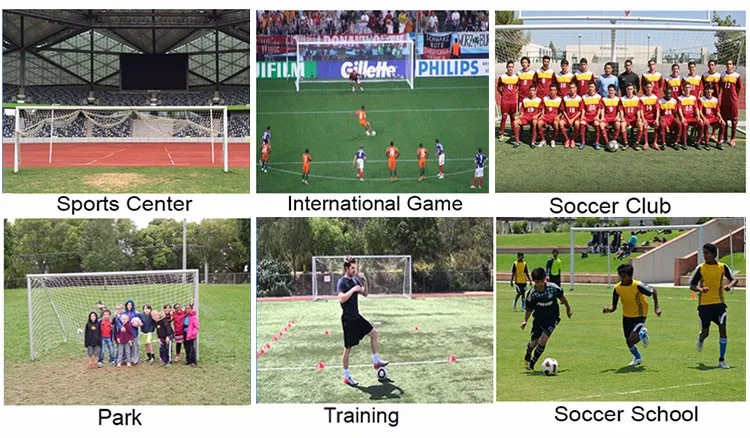
Customize various types of football goals
7, Armando (Bombonera) Stadium (Candy Box Stadium)
In Buenos Aires, Argentina, the quiet side of the Rio de la Plata, is located in the shape of a cool like a candy box football stadium, which is the famous 1940 completion of the Argentine Boca Juniors can accommodate 56,552 people of the main stadium - candy box stadium (formerly known as Armando Stadium). In Argentine football, River Plate are known as the specialists in civil wars and have won the most titles in Argentina's Primera División, but Boca Juniors have always defended the dignity of Argentine football in international matches, winning the Copa Libertadores Toyota Cup far more often than their city rivals River Plate. If River Plate is the team of the middle class and the rich, then Boca is the club that holds the dreams of the common man.Numerous Boca stars have emerged from the slums, such as Maradona, the king of the ball, and Tevez, who gambled with people on the streets for two sausages. It's because of this background that the Candy Box Stadium is regarded as a mecca for Boca fans, and on match days, the hysterical chants of Boca fans shaking the ground both inside and outside the stadium make the stadium a thrilling place to be. The Boca Walk of Fame outside the Candy Box Stadium is a direct testament to the club's long history, a record of a hundred years of glory, a hundred years of struggle, and even if you're not a Boca fan, you can't help but look up and pay your respects when the gorgeous fireworks burst into bloom above the Candy Box Stadium. There are countless talented players who have come out of the stadium, including Maradona, Caniggia, Riquelme, Tevez... The Candy Box Stadium is a factory of stars.
8, Wembley Stadium (Wimbley Stadium)
Since its inauguration in 1923, Wembley Stadium in London has become a symbol of English football, and its iconic twin towers seem to be the guiding light of England. Wembley witnessed one of the most glorious moments in English football, when Bobby Moore led his team to win the only World Cup in England's history, defeating the former West Germany 4-2 at Wembley Stadium in 1966. Although the English were reluctant to say goodbye to Wembley Stadium, the growth of football required a more modern stadium, and in 2000, Wembley was knocked down and rebuilt.But ever since it was announced that the old Wembley Stadium was to be rebuilt, it has been a place of constant trouble. In the England-Germany match specially chosen as Wembley's farewell match, German Hamann's goal dazzled the crowd, and Wembley's plans for a perfect curtain-raiser went out the window. The construction of the new Wembley Stadium is not all smooth sailing, the funds are seriously over the limit, the construction period has been delayed again and again, the construction company has also been threatened by the Russian mafia, the completion of the time and the roof collapsed in the accident, perhaps this is the two stands for 80 years of the twin towers of the deep grudges it! Now the new Wembley Stadium has been put into use, a 133-metre-high arch, rolling roof, and 90,000-seat modern stadium, will carry belong to the history of Wembley and renewed belong to the glory of Wembley.
9, Allianz Arena (Allianz Arena)
The home of ‘Hollywood’ Bayern Munich, the Allianz Arena, which was completed in 2005 and can accommodate 66,016 people, is one of the most modern professional football stadiums in Europe, and was chosen as the opening ceremony stadium for the 2006 FIFA World Cup in Germany. The building, with its sophisticated structure and magnificent appearance, is the glory of Munich and Germany. The surface of the stadium consists of a transparent diamond-shaped membrane structure, which shimmers in the sunlight and has a magical visual effect.And at night, it can be struck by lights in red, blue and white, the colours of Bayern with 1860 and the German national team. When the teams playing in the stadium change, the colour of the wall can be changed accordingly, and the magic will be far beyond imagination. The people of Munich love the ‘world's most amazing stadium’ and affectionately refer to it as a ‘seatbelt’ or ‘rubber boat’. Although Munich's Olympic Stadium holds more than its fair share of glory and history for Bayern's footballing giants, the new Allianz Arena will be a successor that will continue the glory and future of the green giants, as club manager Jürgen Kernes said before the stadium's inauguration: ‘We're going to write a new history here. I also hope that we can play fantastic football in this fantastic stadium.’
10. Anfield Stadium
This Is Anfield! There is a famous mark on the player's channel of Anfield Stadium: This Is Anfield! Liverpool players are used to touching this mark before going on the field, hoping to bring good luck, and at the same time there is a kind of shocking feeling to the opposing players.This is the Anfield Stadium with a long history, recording Liverpool's great past and brilliant performance. Located in Liverpool, England, the 45,362-seat Anfield Stadium is a four-star stadium of the European Football Confederation and the home stadium of the Liverpool Football Club. As the feasibility of expanding Anfield is not very high, Liverpool is now building a new stadium near Anfield, and a year from now, the Anfield Stadium will have completed its hundred-year history and will be replaced by the new stadium with newer and more modernised stadiums. Maybe the new stadium will be called Anfield, because of the great Anfield.
More LDK football product recommendations:
Football Cage
Futsal Goals
Metal Football Goal
Aluminum Football Goal
Foldable Football Goal
Portable Football Goal
Mini Football Goal






